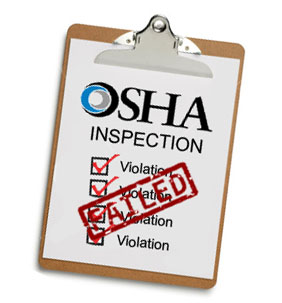The purpose of OSHA’s General Duty Clause is to protect employees from hazards that are not yet established in the Code of Federal Regulations (CFR). Under the General Duty Clause, employers are obligated to provide employees with “a place of employment that is free from recognizable hazards that are causing or likely to cause death or serious harm to employees.” While citations can be issued under the General Duty Clause, the following conditions must be fulfilled in order for a citation to be filed:
1. Hazard Identification – An OSHA compliance office must be able to identify the hazard that the employer has neglected to prevent/remove.
2. Hazard Recognition – The employer must know about the hazard.
3. Hazard Severity – The hazard must pose a certain level for severity for either physical or mental health.
4. Hazard Correction – There must be a feasible way for the employer to correct, remove, or reduce the severity of the hazard.
If all four conditions are met, then a citation under the General Duty Clause can be filed against the employer. For examples of past citations and additional information about the General Duty Clause, please refer to OSHA’s Section 5(a)(1) and the National Council for Occupational Safety and Health.







